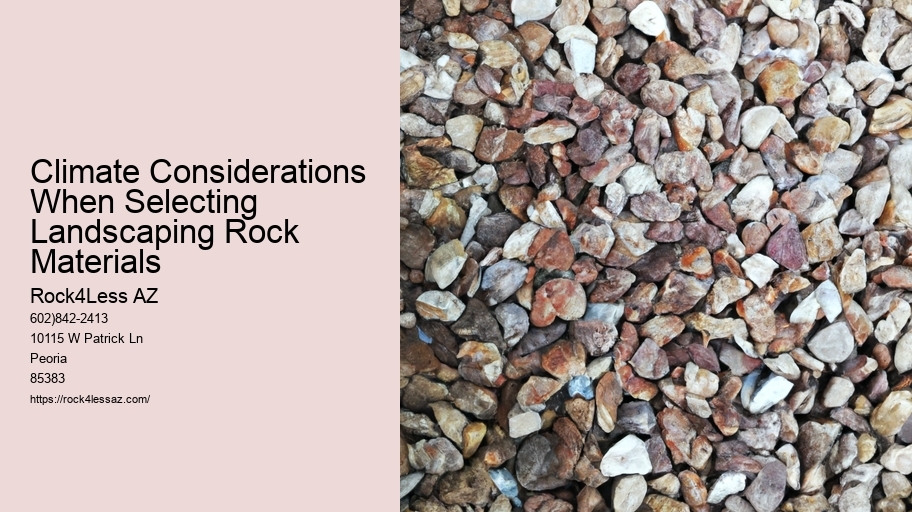In the realm of garden design, natural stone can serve as a transformative element, adding both aesthetic appeal and functionality to outdoor spaces. Its versatility and durability make it a popular choice for various landscaping projects.
However, working with natural stone requires careful consideration and knowledge of proper techniques. This article aims to provide practical tips for navigating the intricacies of utilizing natural stone in garden design, ensuring successful installations and long-lasting beauty.
Choosing the Right Type of Natural Stone
When selecting natural stone for your garden, it is important to consider the specific qualities and characteristics of each type. The right choice of natural stone can enhance the beauty and functionality of your outdoor space.
One key consideration is the durability of the stone. You want a stone that can withstand the elements and the wear and tear of foot traffic.
Additionally, the color and texture of the stone should complement the overall aesthetic of your garden. Take into account the size and shape of the stone as well, as this can impact ease of installation and maintenance.
Lastly, consider the environmental impact of the stone. Opt for locally sourced or recycled stone to minimize carbon footprint.
Proper Installation Techniques for Natural Stone Projects
Implementing precise installation techniques is crucial for achieving a seamless and long-lasting natural stone project in the garden. Here are some important steps to follow:
Proper site preparation: Before installation, clear the area of any vegetation, debris, or obstacles. Level the ground and ensure proper drainage to prevent water buildup and potential damage to the stone.
Base preparation: Create a stable and compacted base for the stone by using a layer of crushed stone or gravel. This will help to distribute the weight of the stone evenly and prevent shifting or sinking over time.
Correct mortar application: Choose a mortar specifically designed for natural stone and follow the manufacturer's instructions for mixing and application. Apply the mortar evenly, ensuring full coverage between the stone and the substrate.
Proper sealing and maintenance: After installation, seal the stone to protect it from stains, moisture, and other environmental factors. Regular cleaning and maintenance will help to preserve the beauty and integrity of the stone for years to come.
